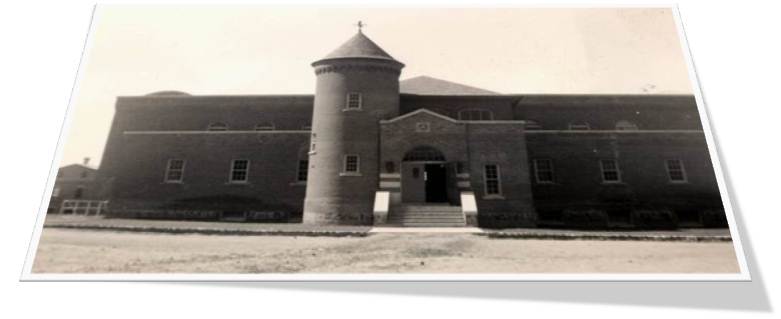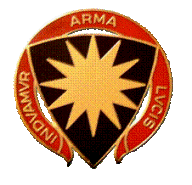 Home
Home
FSB History
A Proud History – A Bright Future

The Fighting Saints Army ROTC Battalion of Saint John’s University, College of Saint Benedict and St. Cloud State University has been proud to help develop the leaders of tomorrow.
After the United States’ entry into World War II, Saint John’s University began formal military training when, on 4 March 1943, a contingent of 150 airmen arrived on campus and became the first members of the 87th College Training Detachment of the Army Air Corps under the command of Captain Casey. In less than one year (to February 1944), St. John’s prepared over 1,000 men for their roles as airmen and, in the process, developed a training program ranked fifth in the nation and first among the participating colleges in Minnesota.
With the breakout of the Korean War, the student population, especially in upper division courses, began to decline. On 25 January 1951, the Council of Seniors indicated its willingness to consider ROTC “to show our willingness to cooperate with the government in its defense program.” Negotiations to secure a Navy ROTC program began but did not merit much attention, “since the NROTC requires a swimming pool.” Efforts with the Air Force failed when the last available units were awarded to other small colleges in Minnesota.
Negotiations with the Army began and were completed on 13 May 1952, with Colonel Benjamin Chapla as the first professor of Military Science. The mandatory ROTC program began with school year 1952-53, and the first eight officers were commissioned as Second Lieutenants in May 1955. Among the original commissionees and, in fact, the top-rated Cadet in his class was the Honorable David F. Durenberger, who has represented the state of Minnesota for many years in the United States Senate.
With the passage of the ROTC Revitalization Act of 1964, St. John’s took advantage of all the changes and additions offered by that law. The program became voluntary and the new curriculum option was introduced in SY 1964-65. Enrollment in the basic course was mandatory until school year 1965. Beginning in 1968, students from neighboring St. Cloud State University were accepted into the program through the tri-college exchange. When ROTC was opened to women in 1974, female students from St. Cloud State University and the College of St. Benedict were also included. In 1987 the College of St. Benedict was recognized as a co-host, expanding its ability to attract four- year scholarship winners.
From 1990-1993, ROTC was offered to three additional schools: The University of Minnesota-Duluth, The College of St. Scholastica, and the University of Wisconsin-Superior.
From a relatively recent and humble beginning, approximately 2,600 officers have been commissioned from the three schools served by the Tri-College Exchange through the end of school year 2015-2016.

FSB Unit Crest History
In 1969, the army Reserve Officers Training Corps (ROTC) program at Saint John’s University adopted a portion of the University crest as the design for its distinctive institutional insignia. The medallion, a radiant gold sun on a black shield surrounded with Latin inscription “Induamur Arma Lucis,” became a part of the official uniform insignia for all ROTC cadets at Saint John’s University.
The medallion, with its inscription which means “Put on the armor of Light,” was approved by the Department of the Army’s Institute of Heraldry, the division which ensures that all military decorations meet certain standards of design, originality, and historical accuracy.
The phrase “Put on the Armor of Light” comes from St. Paul’s letters to the Romans (13:12) in the New Testament. Paul exhorts the Romans to disavow immorality, adopt the teachings of Jesus Christ, and share in the mutual enlightenment of the worship of God and the fellowship of man.
Father Walter Reger, O.S.B., a former dean of the college, and Father Angelo Zankl, O.S.B., developed the design and adopted the phrase for the university crest over 60 years ago. The insignia, containing both the sun, a symbol of academic enlightenment, and the shield, a symbol of military science is especially appropriate for both disciplines.